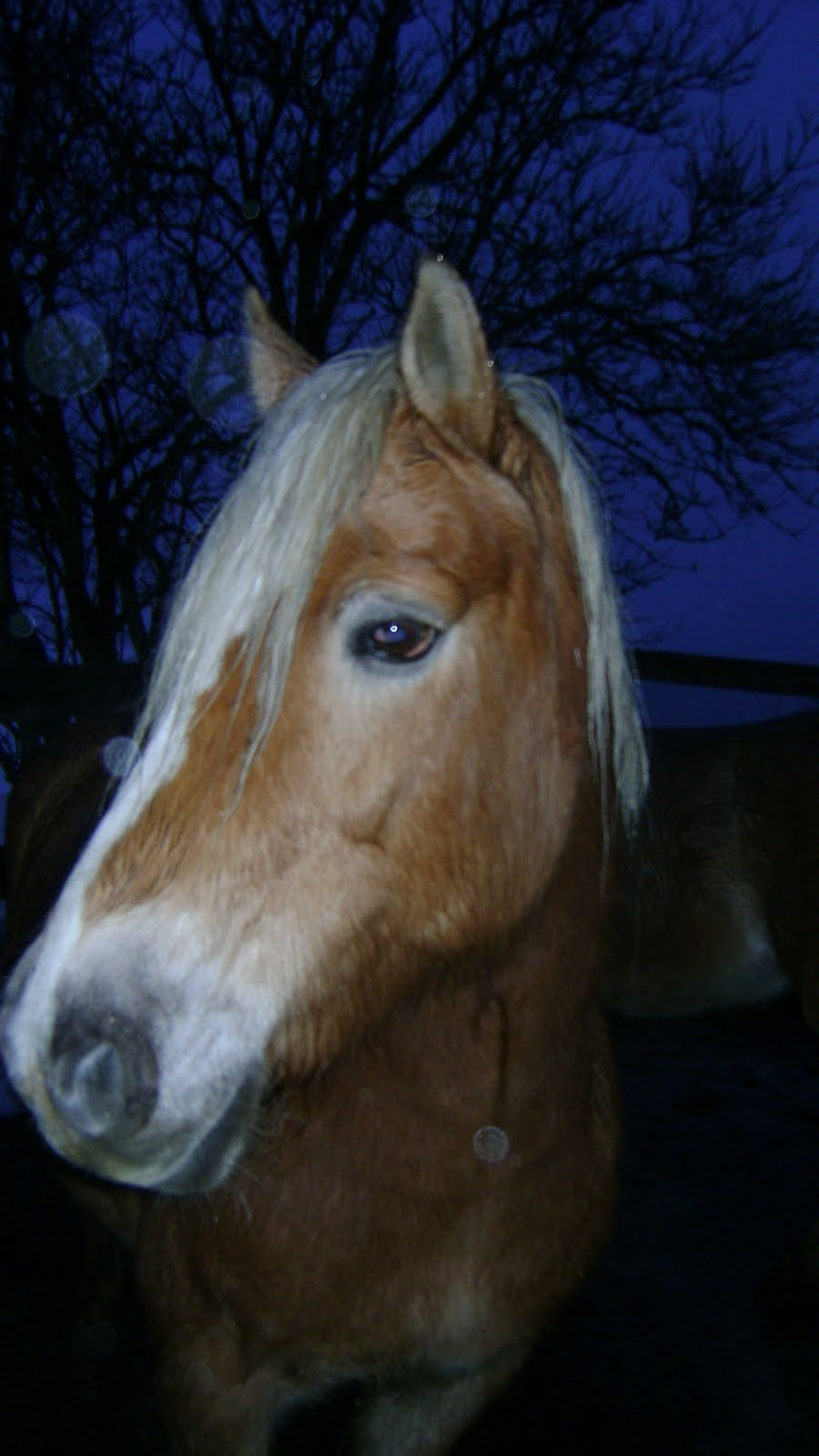Pfft. I’d stay at home way longer if they’d killed the jerk who invented work.
The rents must have been low
Rock bottom prices.
Vampires confirmed. I believe they were everywhere in Africa before Toto arrived.
Damn yeah those blessings of the rains would’ve turned it into a holy water apocalypse for vampires.
Well this confirms how insanely long ancestors/relatives of San and Khoekhoe have been living there, with no major upheal between 10.000 and 1.000 years ago.
The important part here is not to help a racist narrative that these groups have faced, given that they traditionally are hunter-gatherer societies. We do see that these people had cultural innovations over time. Several stone technological shifts are preserved at the Oakhurst site, and around the same time, are similarly found across archaeological sites in South Africa.
Not much travelling over there. Humankind was spread very thin for most of its existence.
It is highly unusual for humankind overall, this long period in most parts of Eurasia saw waves and waves of migrations. But in this specific region of Africa, a group of people stayed the same and didn’t produce offspring with outsiders for thousands of years.
Well, they did produce offspring with outsiders. The article mentions others coming in. The genomes are “related” between the three time periods studied.
What didn’t happen was a total replacement by people unrelated to the previous dwellers.
Very interesting situation. I wonder how they managed to survive without being wiped out for 9,000 years.
As an aside, the writing of this article is kind of scattered. They kept jumping from high level explanations of how the science works, to descriptions of the site, to descritpions of the findings, to techniques, and back and forth.





